FORT MONMOUTH, N.J. -- As U.S. troops continue to build up in Afghanistan, basic information technology (IT) infrastructure needs to expand exponentially to support the mission. Col. David Moore, project manager of Battle Command (PM BC), stepped in to aid in this expansion and to help the Army understand North Atlantic Treaty Organization and Coalition battle command requirements.
"RC (Regional Command) South had no infrastructure, had no buildings, no IT capability to accept additional US forces--they didn't have anything," Moore said.
For his efforts in helping the Combined Joint Task Force 101st Airborne Division (CJTF101) with its U.S. expansion in Afghanistan, Moore received the Bronze Star from Mr. Dean Popps, Army acquisition executive, acting Assistant Secretary of the Army for Acquisition, Logistics and Technology, on Sept. 9 at the Pentagon. Moore was also pinned ceremoniously by Maj. Gen. Nick Justice, program executive officer of Command, Control, Communications-Tactical (PEO C3T) on Sept. 28 at Fort Monmouth.
"Dave was forward with the user in their organization helping them make decisions and telling you where you needed to focus your attention," Justice said to PM BC personnel at the Fort Monmouth ceremony. "There's a power in that you should never ever forget."
With the expansion of U.S. troops in southern Afghanistan, CJTF101 had the responsibility of building out the IT infrastructure to support the mission. However, because the division's focus on combat operations, it did not have the leadership resources to allocate to the broad range of tasks. From Dec. 1, 2008 to June 6, 2009, Moore stepped in on behalf of the division to help build out the needed information technology infrastructure in that area.
"It was very important that he stayed over there because we are developing against requirements that never existed before," Justice said. "Now we have NATO nations and other coalition partners joining us, and we have never had a requirement to be able to talk to them. So what's better than being on the ground writing your own operational requirements'"
"The bulk of my effort immediately became building the basic IT infrastructure in preparation for incoming units," Moore said. "This was extremely challenging given the resource flow constraints of Afghanistan but was also the most rewarding part of my assignment."
Moore first deployed with Justice and Brig. Gen. Thomas Cole, PEO of Intelligence, Electronic, Warfare and Sensors (IEWS), to conduct an initial assessment of how intelligence, surveillance and reconnaissance (ISR) and command and control (C2) information is exchanged and how the Army could gain broader efficiencies given the increasing U.S. presence in Afghanistan. Moore had also been tasked on behalf of the Department of the Army (DA) to assess what brigade combat team architecture actually looks like in combat. The DA's ultimate intent was to use this information to make near and long-term investment decisions for future deploying forces, Moore said.
Once on the ground and working side by side with CJ-2 (intelligence) and the CJ-6 (Signal) on a daily basis, Moore became aware that the unit's interests and concerns did not necessarily match those of the initial mission he had been directed to perform, he said. While they saw the potential benefit in backing activities that supported future forces, their priority was centered on the present fight.
"The unit's needs were much more basic in nature," Moore said. "They were justifiably concerned about the current fight and keeping Soldiers alive each day."
Moore realized that to achieve the broader mission he also needed to bring immediate value to the 101st's operations. To accomplish this, he focused on its near term tasks and what he could do to alleviate some of the Warfighter's burden from an IEW/C3T perspective, he said.
When a unit first receives notice to approve visitor travel, the unit is very concerned about the manpower drain that it will take to support the visit and it carefully weighs that concern with the value the visitor could bring. To have a colonel on the ground in theater for six months and for him to have dedicated access and be able to directly support a unit is a unique situation, Moore added. Usually, such a mission would be given to a major or below. Moore was grateful for the opportunity to detach himself and become part of the team that was embedded within the current fight, he said.
"No man is an island, no person is an island, and it would have been absolutely impossible to achieve success without all of you," Moore said to his PM. "No matter what you think or how minimal a task you have, this team has dramatic and positive effect in the field, and that's what it is all about--taking care of Soldiers."
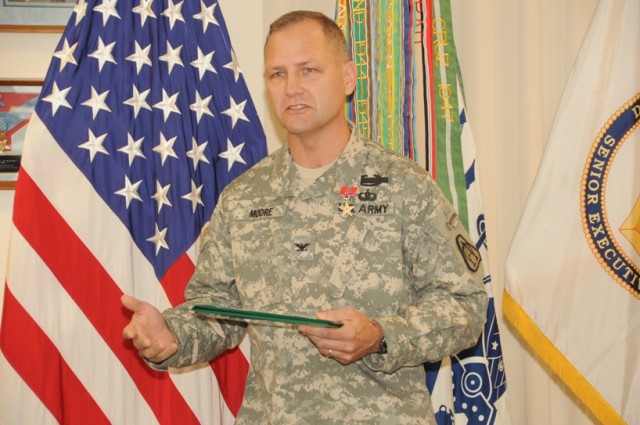
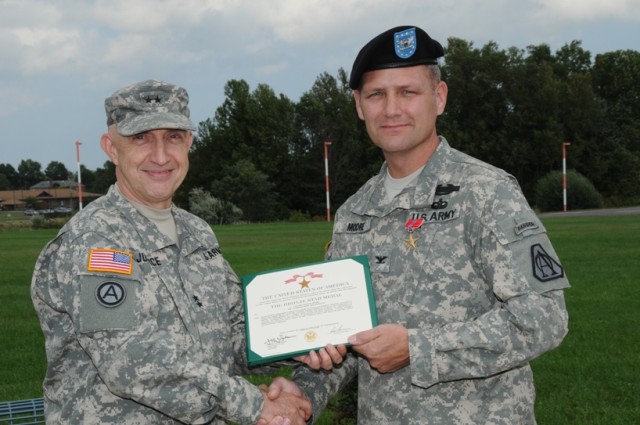
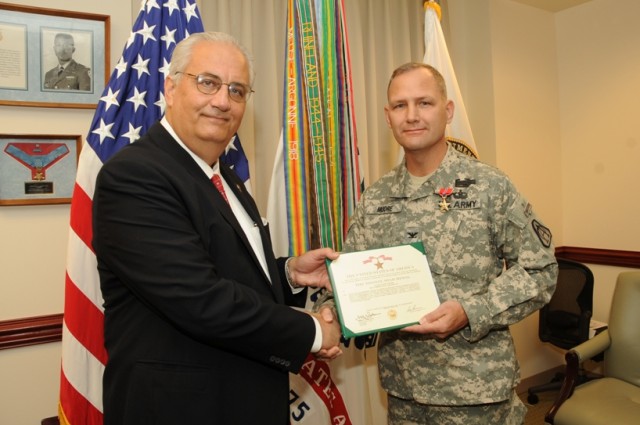

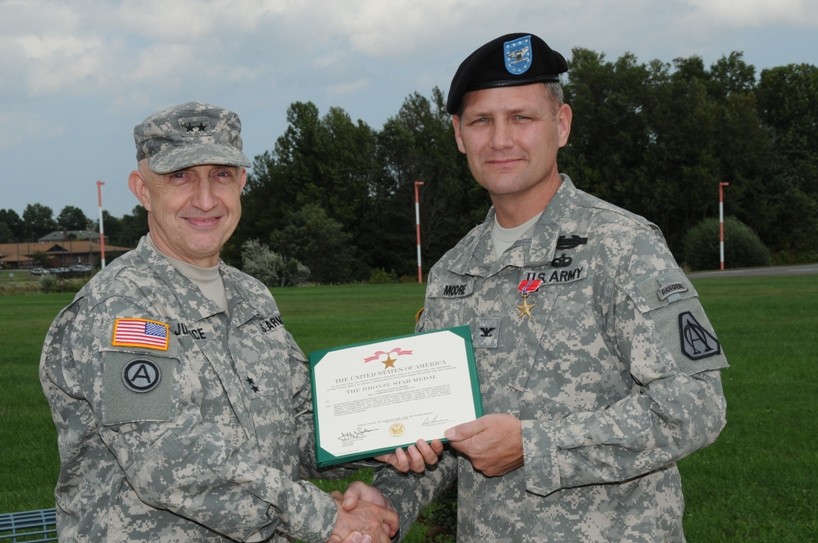
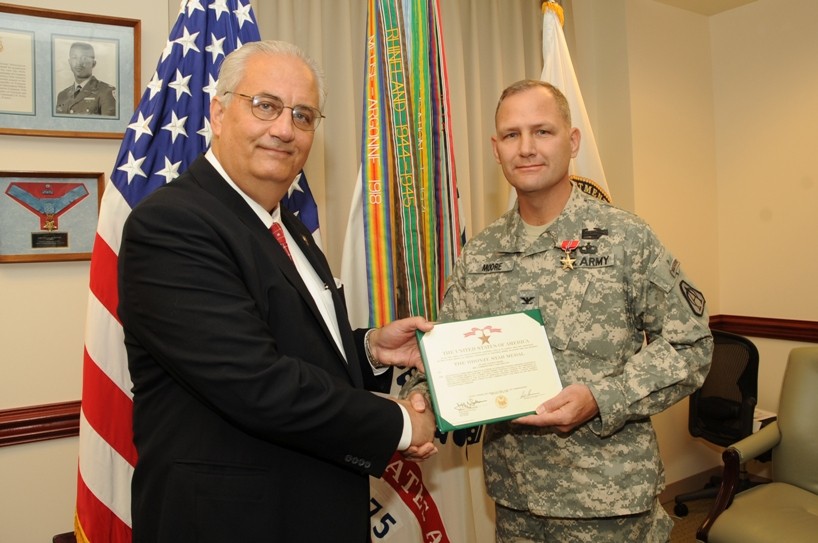
Social Sharing